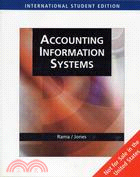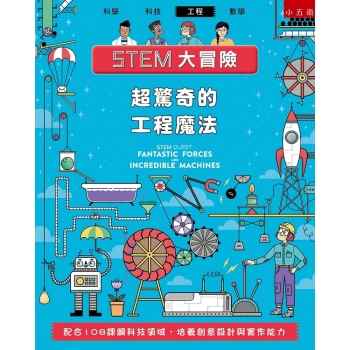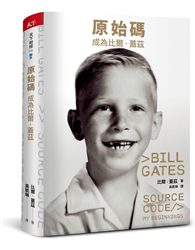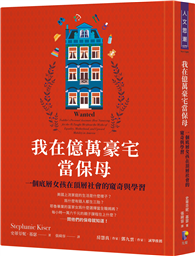| FindBook |
有 1 項符合
ACCOUNTING INFORMATION SYSTEMS 1/E的圖書 |
| 圖書館借閱 |
| 國家圖書館 | 全國圖書書目資訊網 | 國立公共資訊圖書館 | 電子書服務平台 | MetaCat 跨館整合查詢 |
| 臺北市立圖書館 | 新北市立圖書館 | 基隆市公共圖書館 | 桃園市立圖書館 | 新竹縣公共圖書館 |
| 苗栗縣立圖書館 | 臺中市立圖書館 | 彰化縣公共圖書館 | 南投縣文化局 | 雲林縣公共圖書館 |
| 嘉義縣圖書館 | 臺南市立圖書館 | 高雄市立圖書館 | 屏東縣公共圖書館 | 宜蘭縣公共圖書館 |
| 花蓮縣文化局 | 臺東縣文化處 |
|
|
- 圖書簡介
The purpose of this text is to help students develop a strong conceptual foundation in accounting information systems (AIS) that can serve as a basis for lifelong learning. The text's approach has emerged from the authors' extensive experience gained through teaching the AIS course at multiple institutions. This text is a flexible resource that can be adapted to meet the varying needs of different students, faculty, and institutions.
Using a business process approach, this text (a) provides a strong conceptual foundation in accounting systems and control, (b) enables students to use this foundation in developing and evaluating accounting applications and in problem solving, and (c) presents information in a way that facilitates student learning. Throughout the text, the authors emphasize the relevance of the content to accountants and the roles they play as designer, user and evaluator of information systems. The text provides numerous problem-solving aids to help students develop skills in documenting and analyzing transaction cycles and AIS data, identifying risks and controls, using accounting applications, and designing and evaluating AIS.
A set of core cases used throughout the text for illustration and assignments assists integration. A comprehensive case at the end of the text gives students further opportunity to demonstrate understanding. A supplement is available to help students learn how a relational database (MS Access) can be used to implement an AIS.
- 目次
PART I: ACCOUNTING INFORMATION SYSTEMS: CONCEPTS AND TOOLS.
1. Introduction to Accounting Information Systems.
2. Business Processes and AIS Data.
3. Documenting Accounting Systems.
4. Identifying Risks and Controls in Business Processes.PART II: UNDERSTANDING AND DEVELOPING ACCOUNTING SYSTEMS.
5. Understanding and Designing Accounting Data.
6. Understanding and Designing Queries and Reports.
7. Understanding and Designing Forms.PART III: TRANSACTION CYCLES AND ACCOUNTING APPLICATIONS.
8. Using Accounting Applications.
9. The Acquisition Cycle-Purchasing and Receiving.
10. The Acquisition Cycle-Purchase Invoices and Payments.
11. The Revenue Cycle.PART IV: MANAGING INFORMATION TECHNOLOGY AND SYSTEMS DEVELOPMENT.
12. Using Technology to Enhance Business Processes.
13. Accounting Systems: Managing the IT Environment.
14. Accounting Systems Development.APPENDICES. A.
Comprehensive Case: Harmony Music Shop. B. Solutions to Focus on Problem Solving Exercises.
|












